Explore the dynamic world of Indigenous-led Trans-Pacific trips and diplomacy with our interactive timeline! As you scroll through entries spanning from the mid-20th century to the present day, dive deeper by clicking ‘continue reading’ to access even more information and credible sources. Our current timeline spotlights the journeys of Ainu delegations departing Japan and First Nations delegations from Canada. In Phase 2 of the project, we will expand the timeline to share even more fascinating stories from Indigenous nations around the globe.
-

February 24, Japan: the Hokkaido Ainu Association (Hokkaido Ainu Kyōkai) is founded
Despite generations of intense discrimination and oppression, the Ainu of Hokkaido form their own political association. This association sets out to...
-
June, China: Central Ethnic Institute is Founded
In 1941, Mao Zedong’s forces founded the Institute for Nationalities in Yan’an, which became the Central Institute for Nationalities in Beijing in 1951. This institute was part of a broader, nation-wide effort to...
-
April, Japan: Hokkaido Ainu Association Changes Name to Hokkaido Utari Association
In Japan, the word ‘Ainu’ was historically used as an insult or slur, Ainu activists decided to instead use the Ainu language term utari…
-
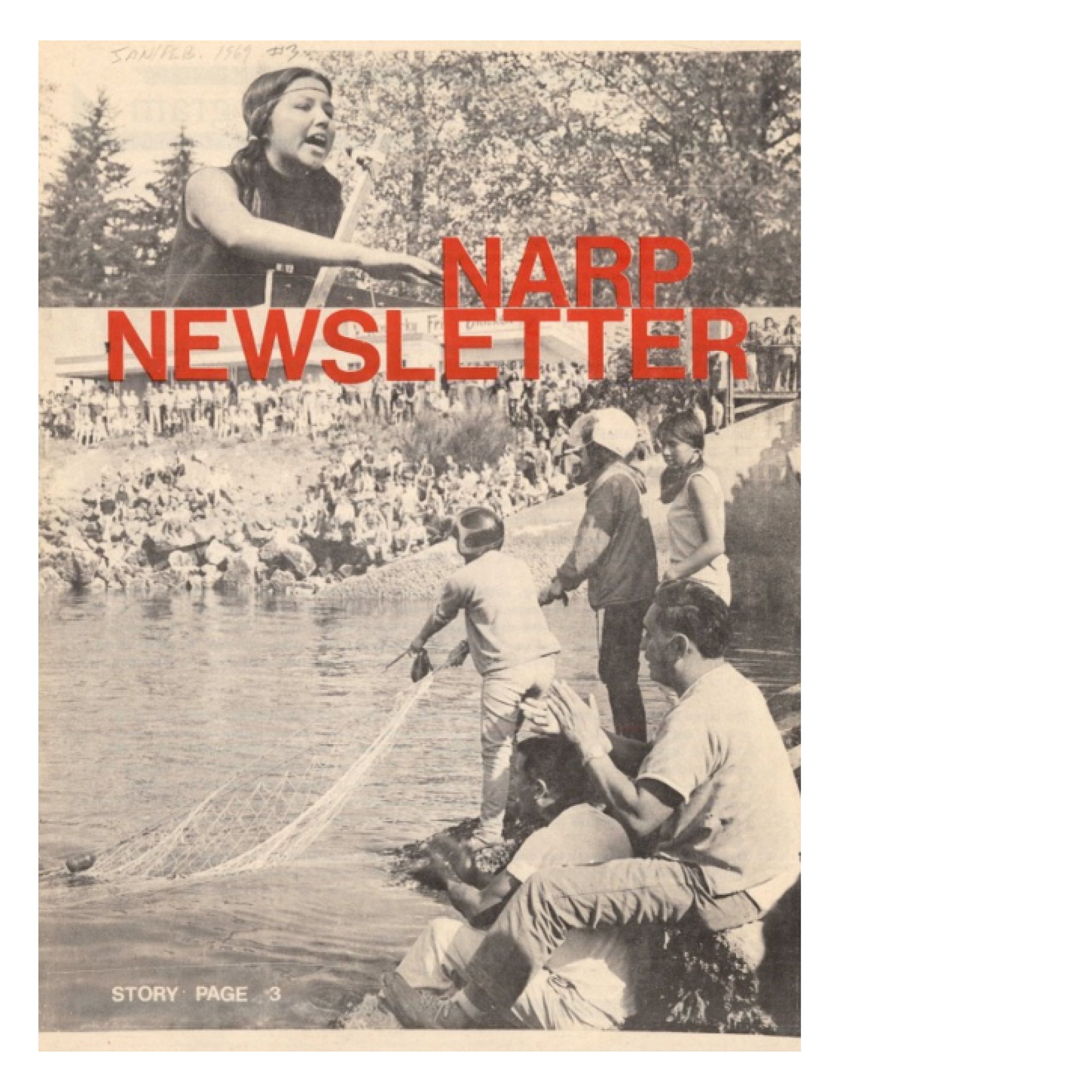
Canada: Native Alliance for Red Power (NARP) formed
One of the leading groups in the Red Power Movement in Canada, NARP is formed in Vancouver, BC. Although the group is initially established to address Missing and Murdered Indigenous Women and Girls, it rapidly grows into...
-
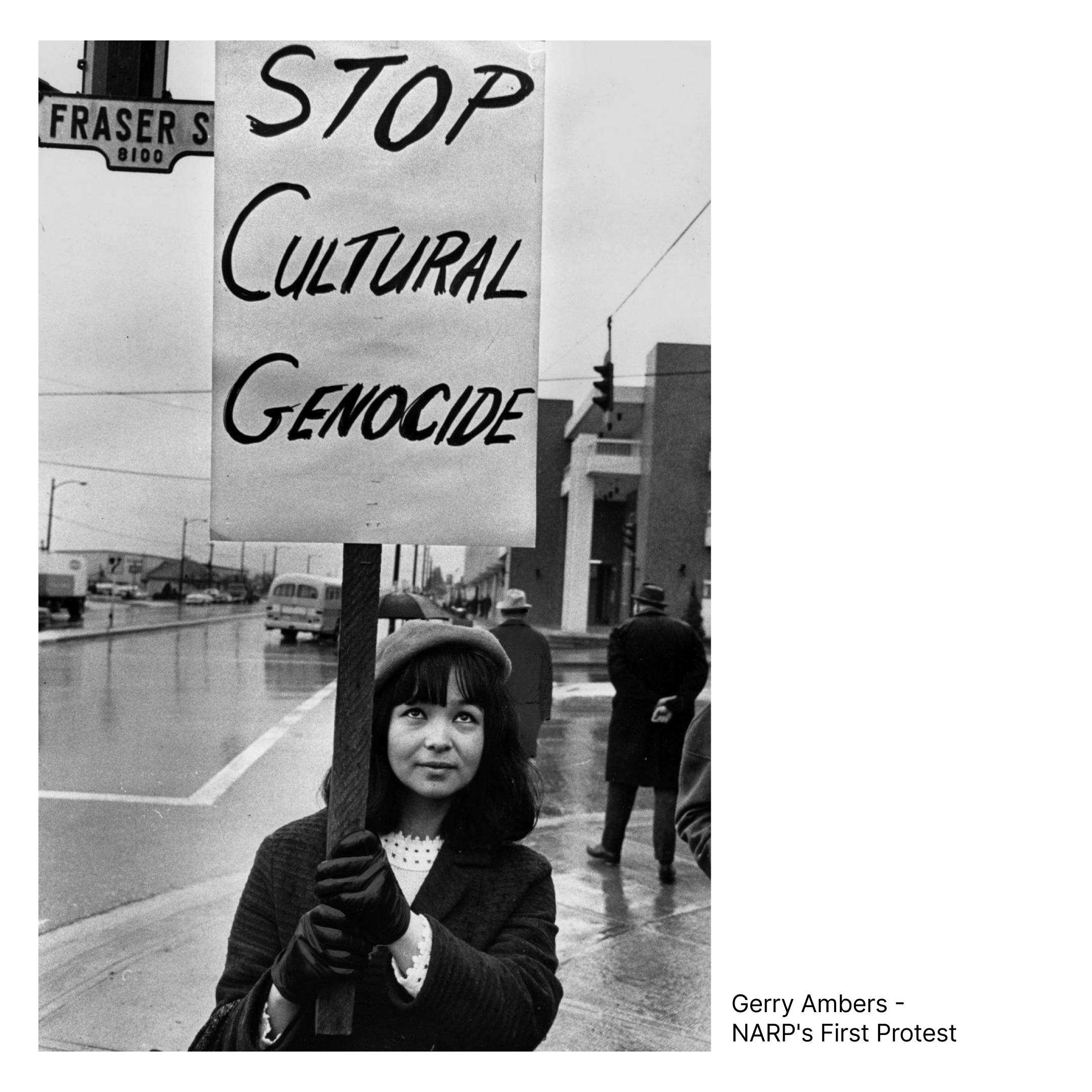
March 12, Vancouver: Native Alliance for Red Power’s (NARP) First Protest
NARP organize their first protest, set against a meeting of residential school administrators. Known participants...
-
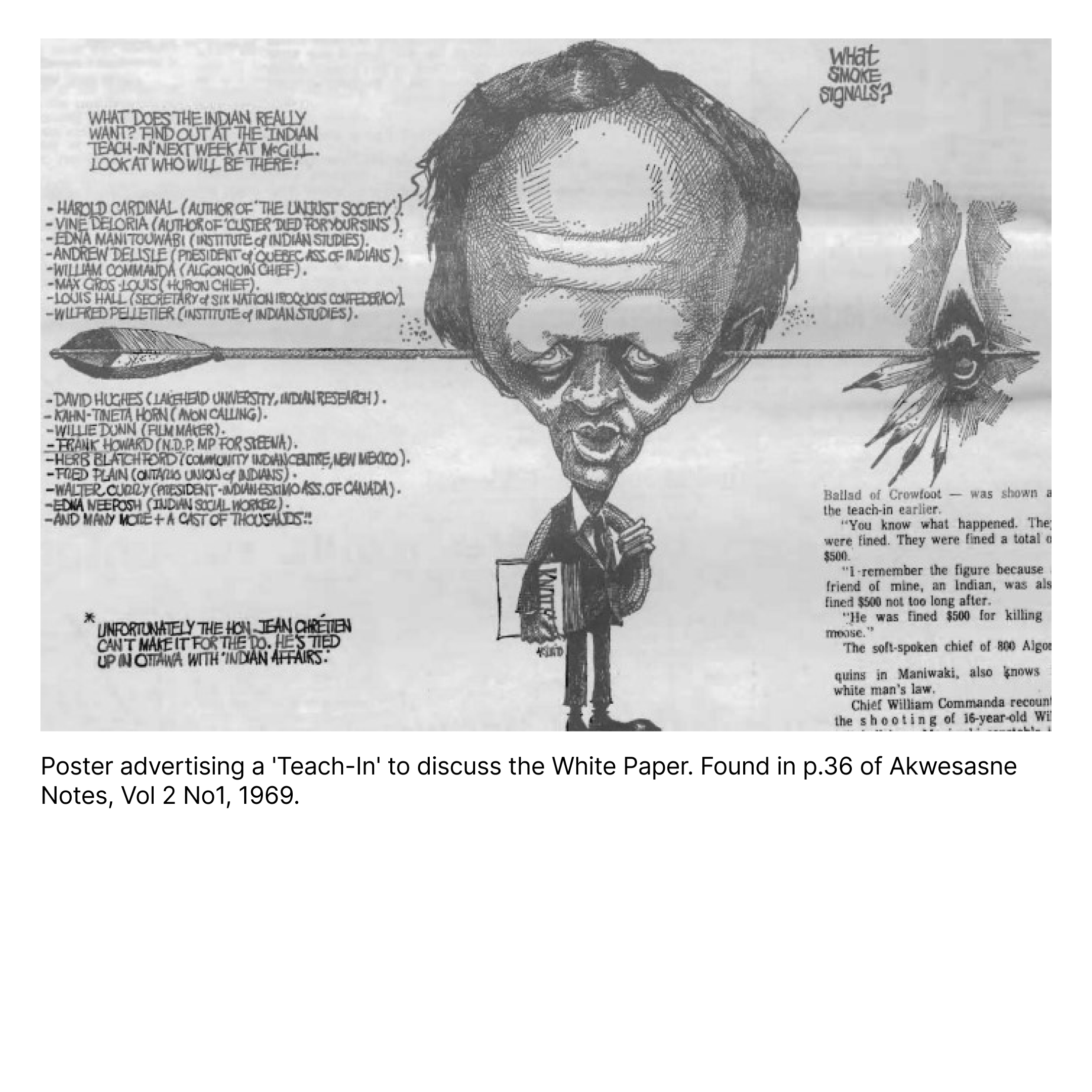
June 25, Canada: the White Paper
The introduction of the 'White Paper' policy by Prime Minister Pierre Trudeau and his Minister of Indian Affairs, Jean Chrétien, serves as a catalyst for Red Power activism in Canada. The 'White Paper' inspires a roar of Indigenous opposition because...
-
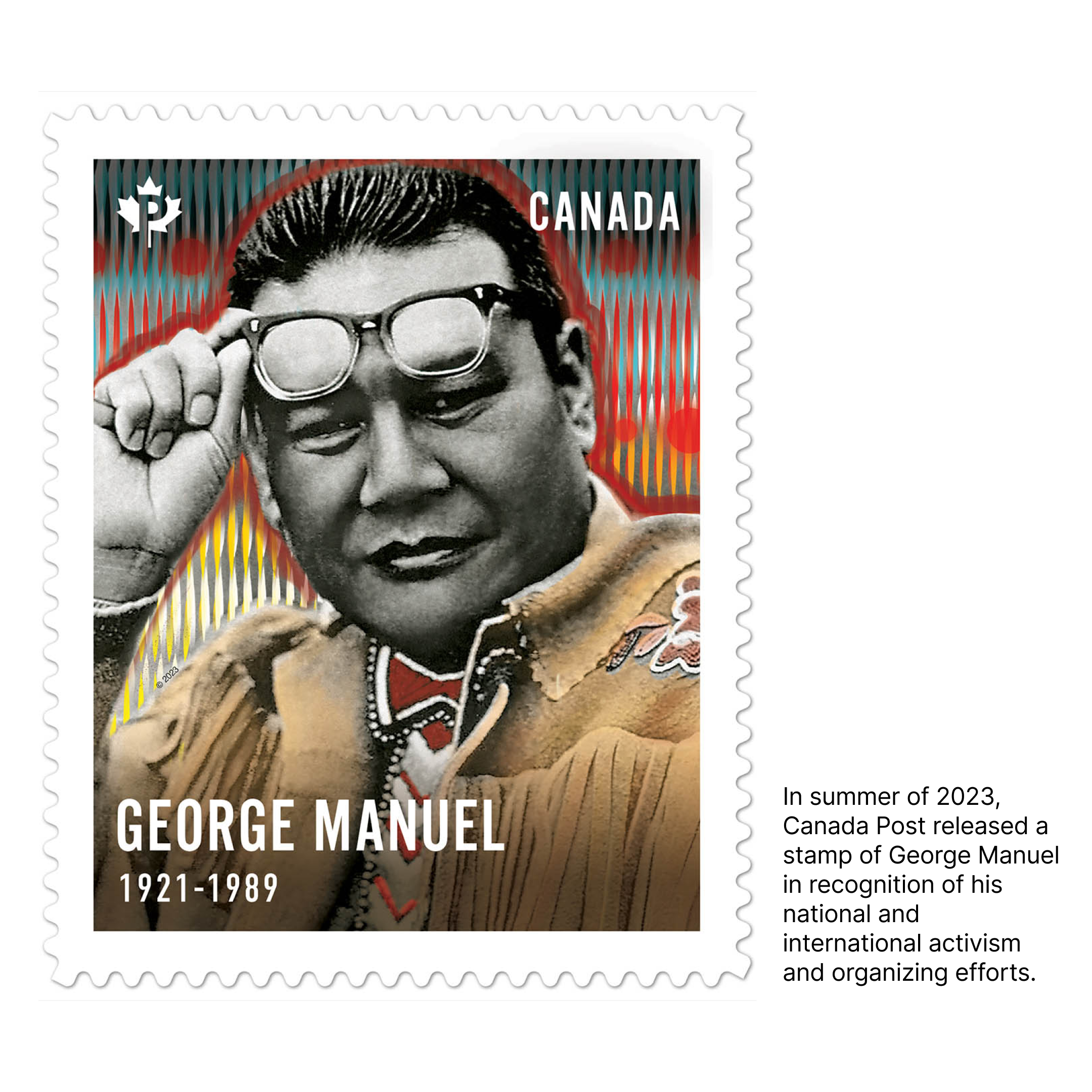
Canada: George Manuel connects with Indigenous Peoples around the world
George Manuel, Secwepemc leader from the interior of BC, rises up to become the first president of the National Indian Brotherhood, the first national Indigenous organization in Canada. Manuel then travels to New Zealand and throughout the Pacific, fostering a powerful new vision of the...
-
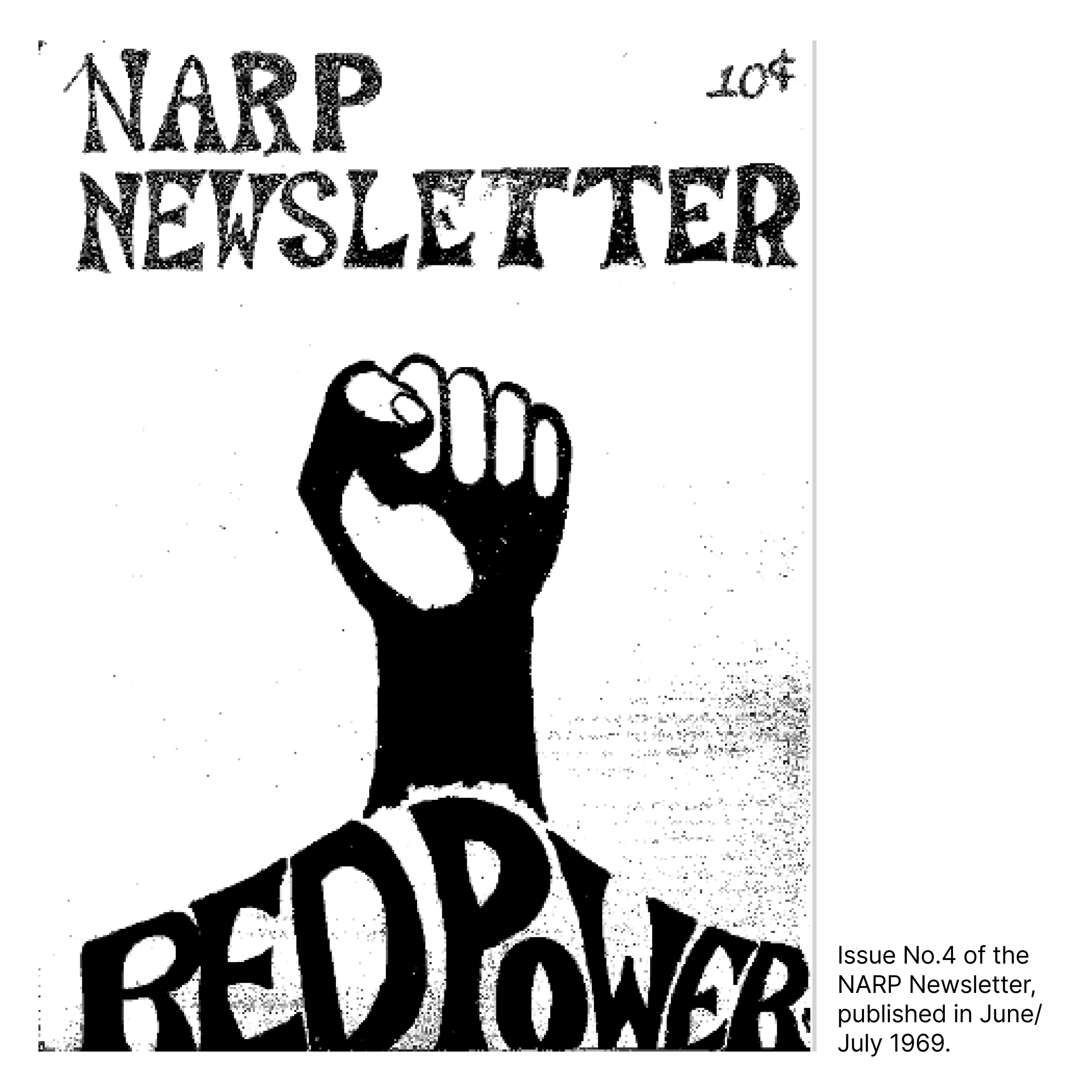
Canada: Native Alliance for Red Power disbands
After years of galvanizing political organizing, the Native Alliance for Red Power...
-
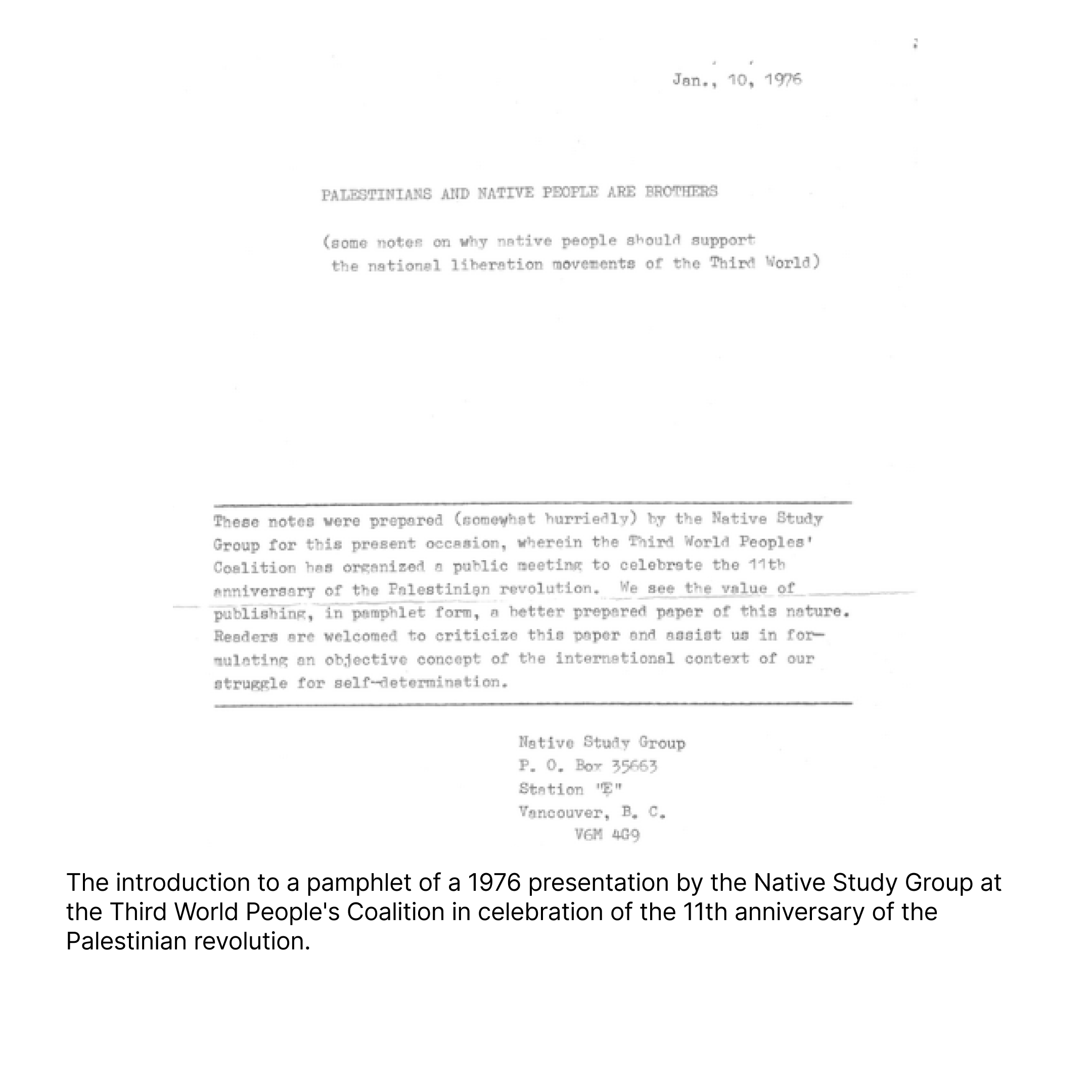
Canada: Native Study Group (NSG) formed
Ray Bobb, the late Lee Maracle and other Indigenous youth form the Native Study Group in Vancouver to study and better understand Marxism, Maoist China, Black Power, and revolutionary movements in Africa. At the time, group members feel that Marxism is a powerful tool that they could use to...
-
May 21, USA: The United Nations Economic and Social Council (ECOSOC) Begins Looking into Discrimination Against Indigenous Peoples
On May 21, 1971, the ECOSOC passed a resolution (number 1589) to study as part of its efforts for the “Prevention of Discrimination and Protection of Minorities.” This was one of the first times the UN...
-
Japan: Ainu Liberation League (Ainu Kaihō Dōmei) Established
This group included both Ainu activists, like Yūki Shōji, and non-Ainu leftist activists, like Ōta Ryu. They worked with militant…
-
Japan: Tokyo Association of Ainu (Tokyo Utari Kai) Established
The Tokyo Association of Ainu was formed by Shizue Ukaji, an Ainu artist who was born in Hokkaido but moved to Tokyo as an adult. Ukaji created the Tokyo Association of Ainu to…
-
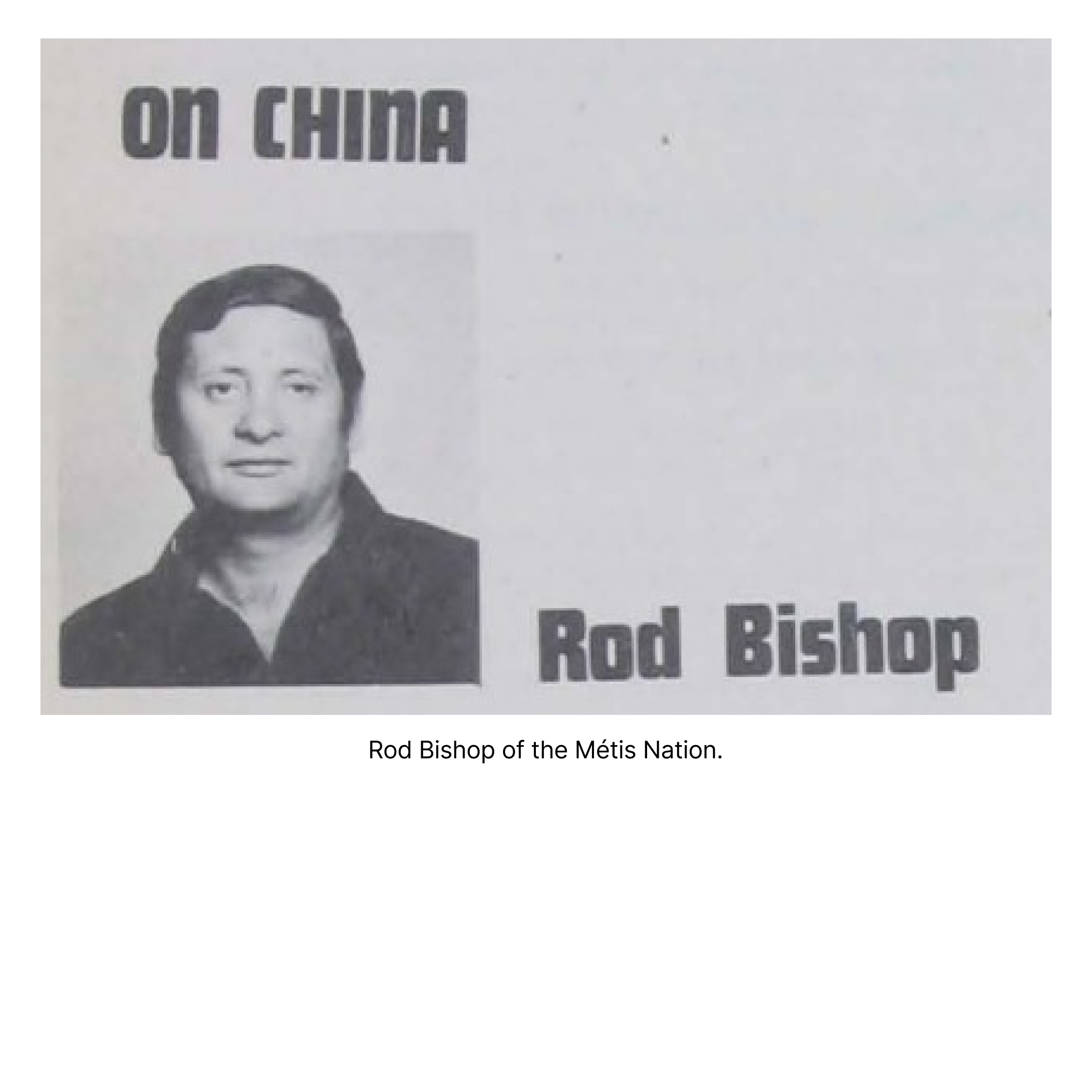
Canada: First Indigenous delegate visits the People’s Republic of China
A delegation of 16, including Rod Bishop (Métis), makes the first trip to the People's Republic of China by an Indigenous person. During the trip, the delegates spend three busy weeks learning about...
-
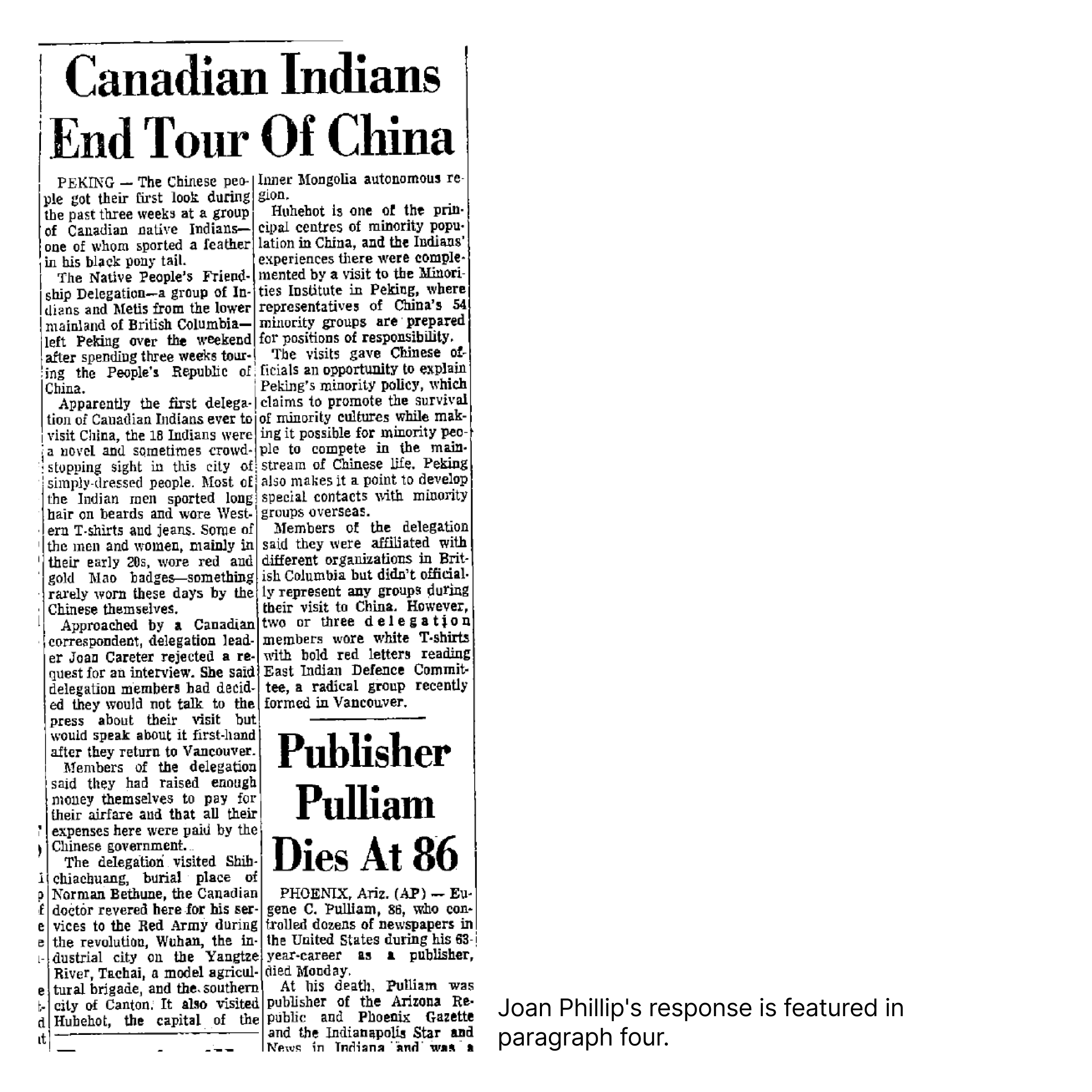
Canada: Lee Maracle and friends first discuss trip to China
Lee Maracle and her friends first discuss a possible trip across the Pacific to learn from anti-Imperialist movements across the globe. After significant deliberation with members of the Native Study Group...
-
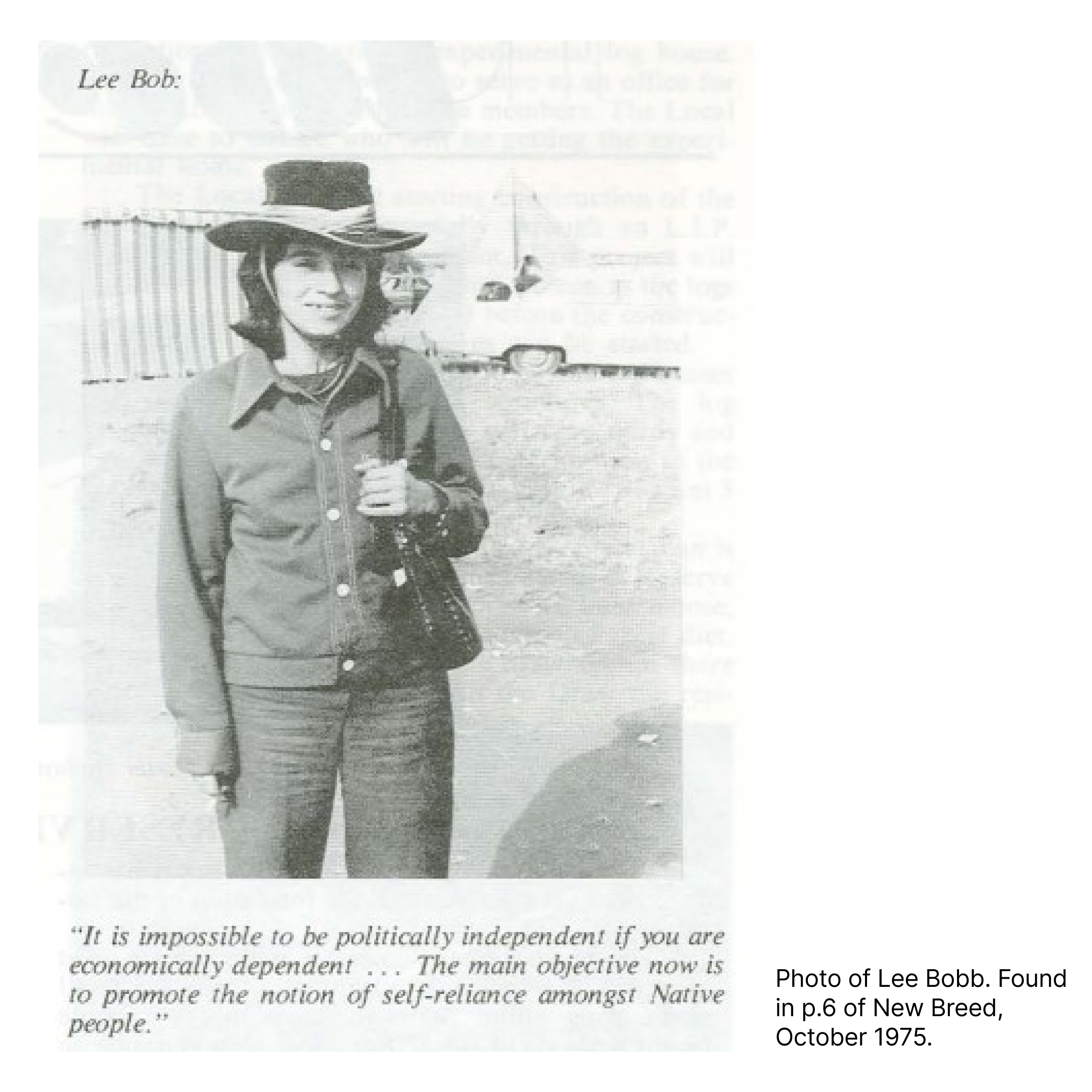
Canada: NSG-led Native People’s Friendship Delegation established
Led by Joan Phillip, Lee Maracle's sister and now-wife of Grand Chief Stewart Phillip, the Native People's Friendship delegation is established and 18 Indigenous delegates, aged 14 to 32, are selected. Participation in the delegation involves a serious commitment as...
-

May, Japan: Ainu Flag is First Flown
The Ainu flag, designed by activist Bikki Sunazawa, was first shown at a May Day parade in Sapporo in 1973. The flag has a red arrowhead...
-
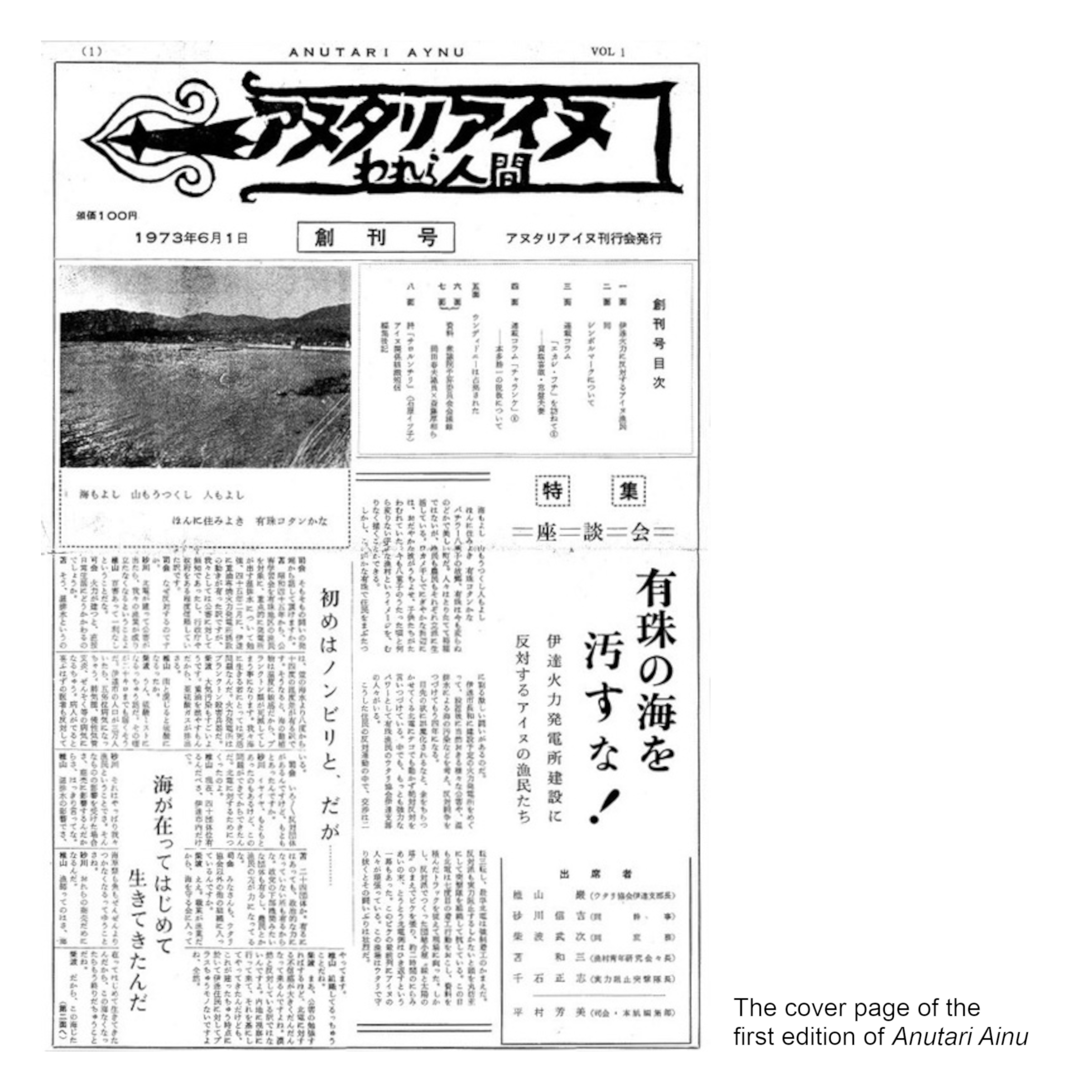
June 1, Japan: Anutari Ainu (We Humans) inaugural newsletter
The first print of Anutari Ainu was published out of a Sapporo apartment by a collective of Ainu women. The newsletter played a pivotal role…
-
November, Japan: By Ourselves Ethnic Studies Group (Yai Yukara Kenkyū Kai) Established
The group was started by Narita Tokuhei, who later ran for a seat in Japan’s national government (called the Diet). The word yukar refers...
-
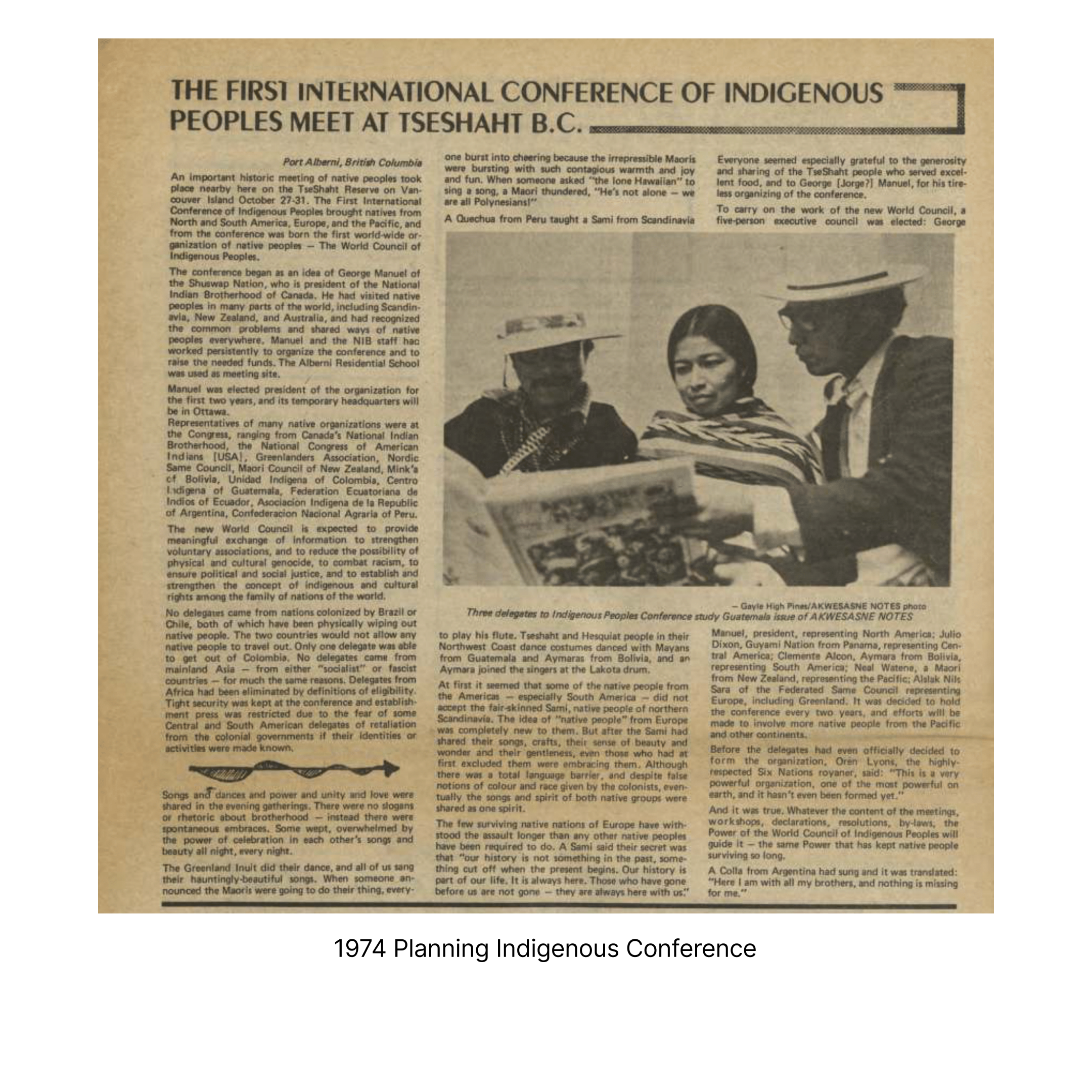
Canada: Planning the First International Conference of Indigenous Peoples
Inspired by the shared struggles of Indigenous Peoples worldwide, George Manuel and the National Indian Brotherhood take it upon themselves...
-
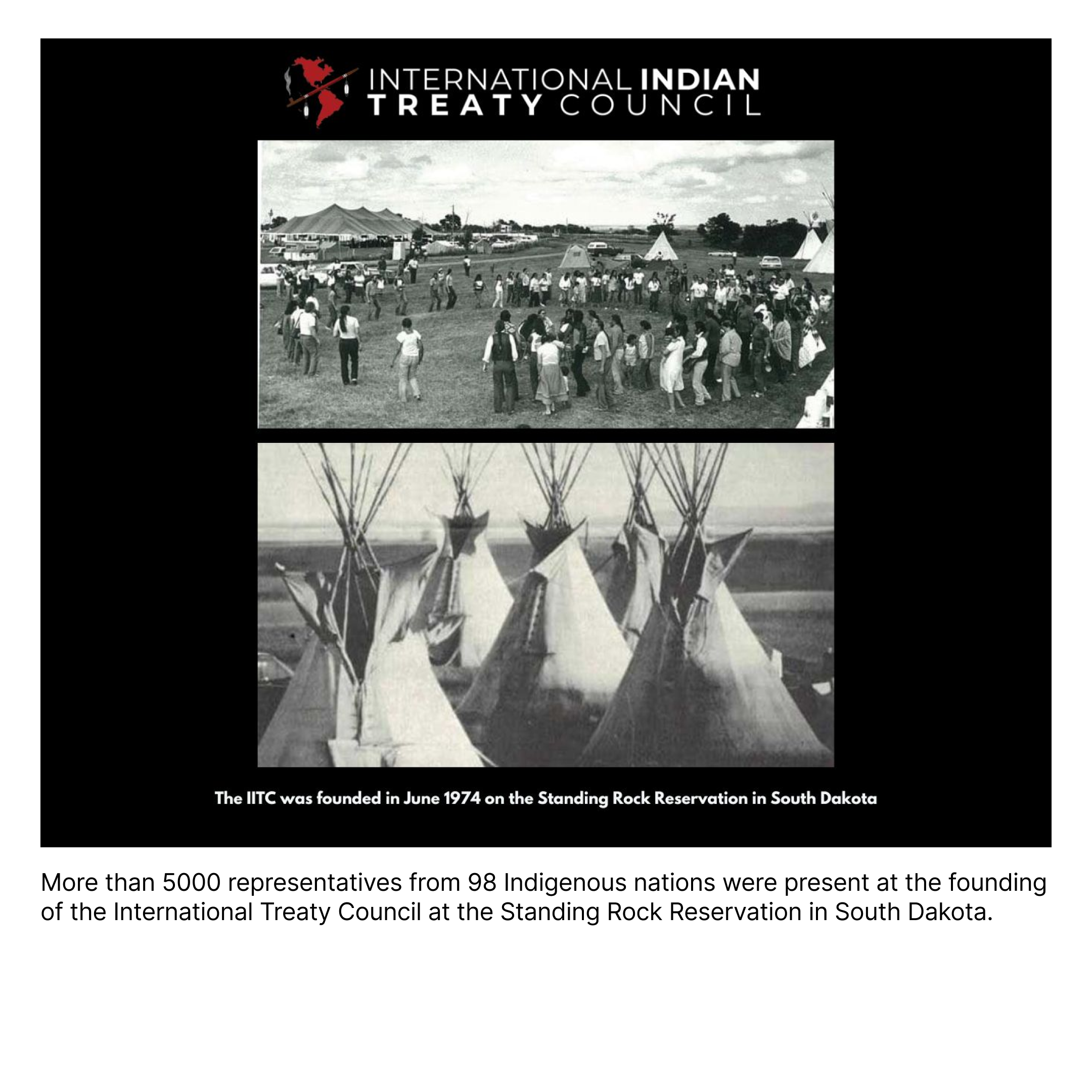
USA: International Indian Treaty Council established
The International Indian Treaty Council is founded by over 90 Indigenous Communities. The International Indian Treaty Council is established following the Wounded Knee standoff to...
-
February 18, Japan: First Contemporary Ainu Delegation to China
Ainu activist Kaizawa Tadashi led the first Ainu delegation to China to learn how minority groups were treated there. The group included Ainu people from different regions and organizations...
-
February 18, Japan: First Ainu delegation to China
The delegation to China is monumental because it is the first time a...
-
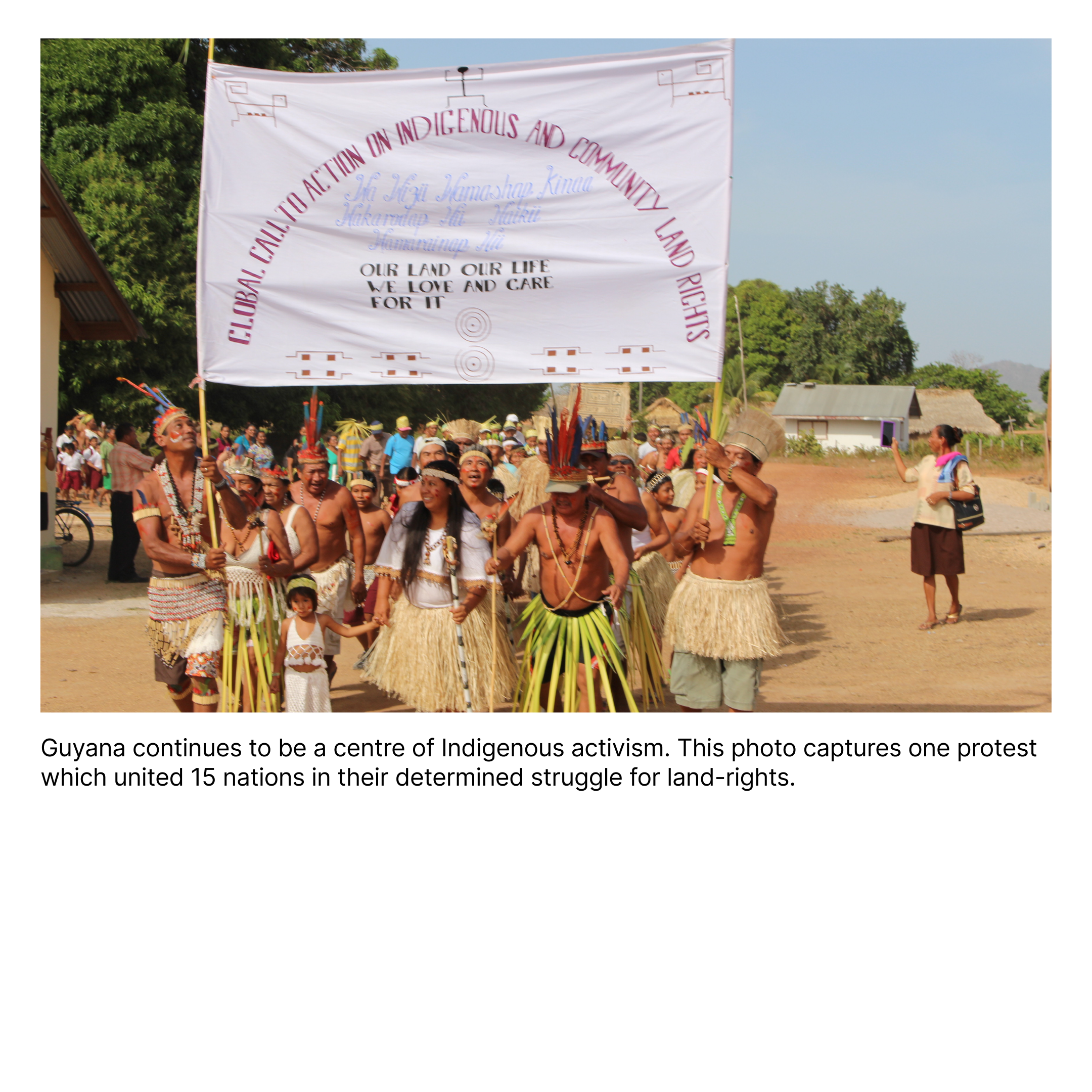
April 8, Guyana – First preliminary meeting for World Indigenous Conference in Georgetown
Planning efforts for the First International Conference of Indigenous People occur beyond Port Alberni as...
-
April 8, Guyana: First Preliminary Meeting for World Indigenous Conference (WCIP) in Georgetown, Guyana
The First Preliminary Meeting for the World Council of Indigenous Peoples (WCIP) was held in Georgetown, Guyana. It was the first time so many Indigenous peoples from around the world…
-
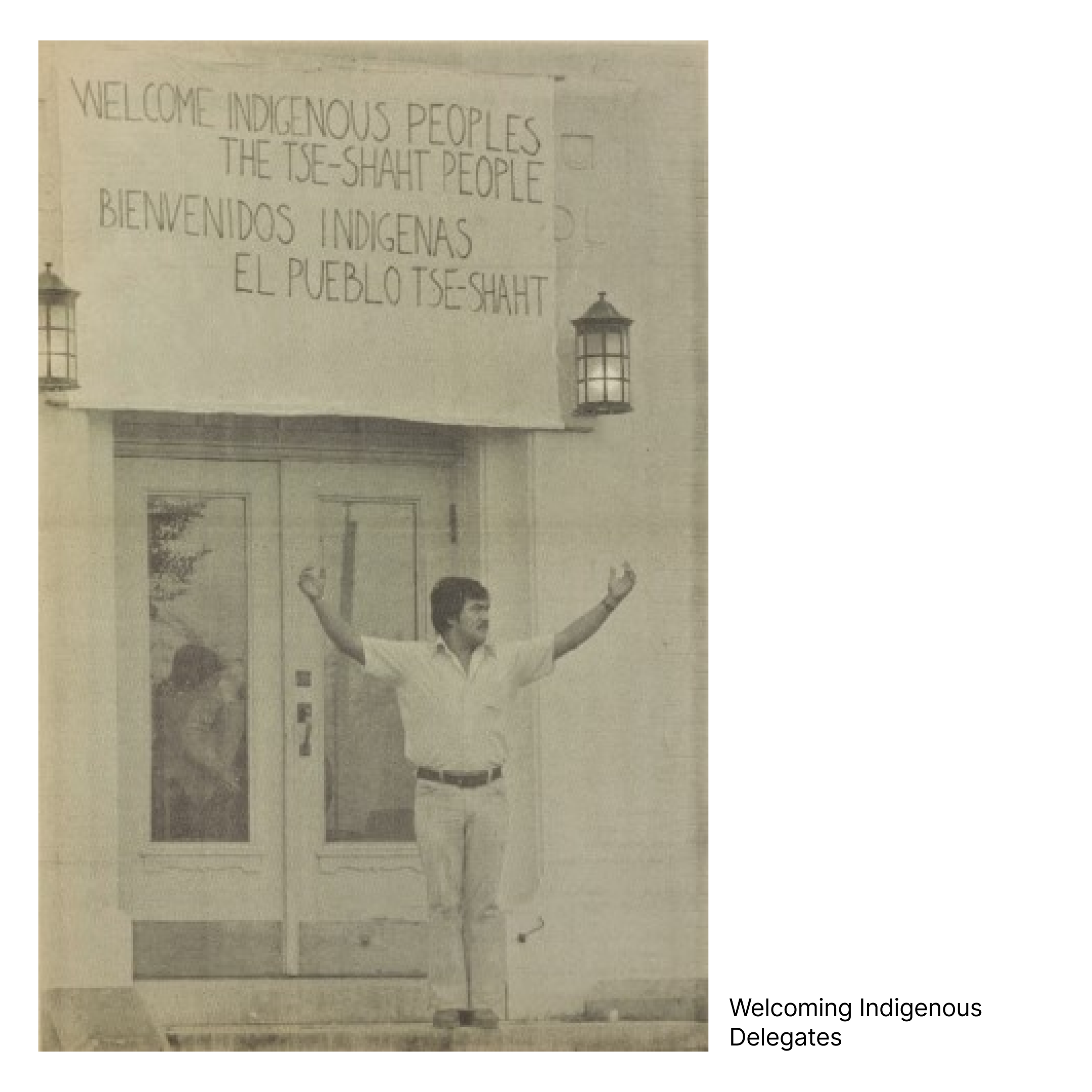
October 27, Canada: The First International Conference of Indigenous Peoples
After a long planning period, over two-hundred Indigenous delegates from North and South America, Europe, and the Pacific...
-
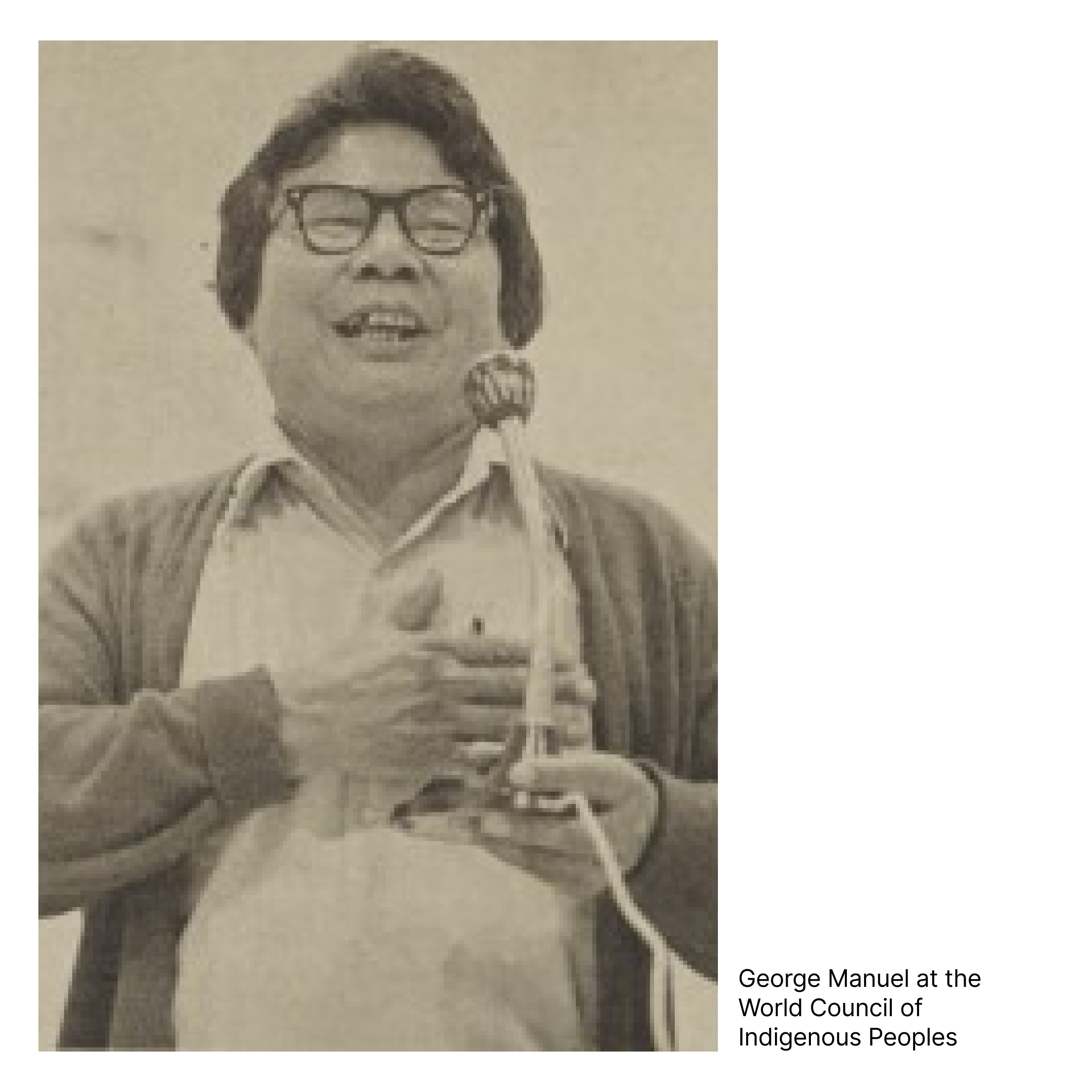
World Council of Indigenous Peoples established
The World Council of Indigenous Peoples is established at the First International Conference of Indigenous Peoples in Port Alberni. This coalition is monumental because...
-
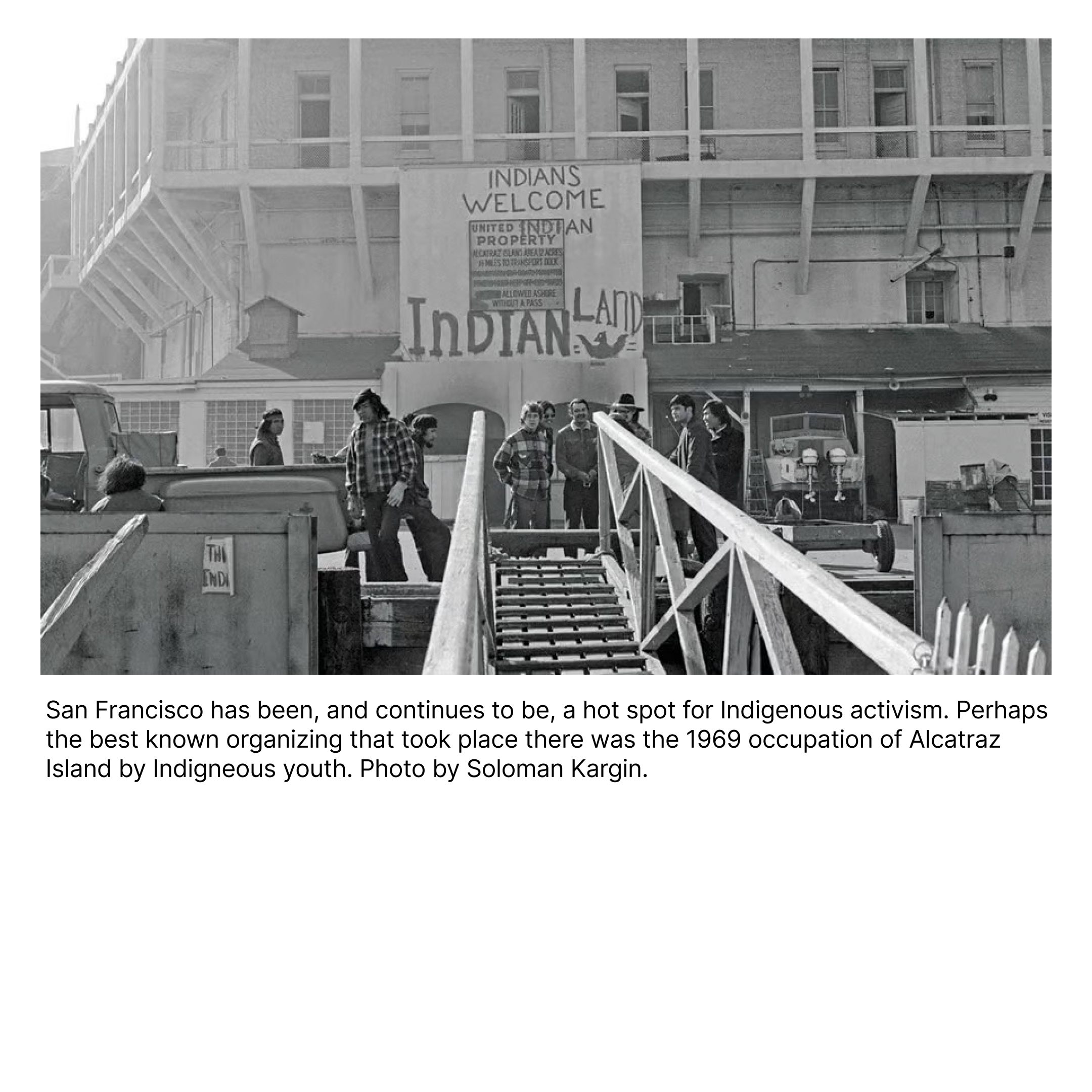
USA: Sister Native Study Group (NSG) formed
In the San Francisco area, Indigenous youth form a chapter of...
-
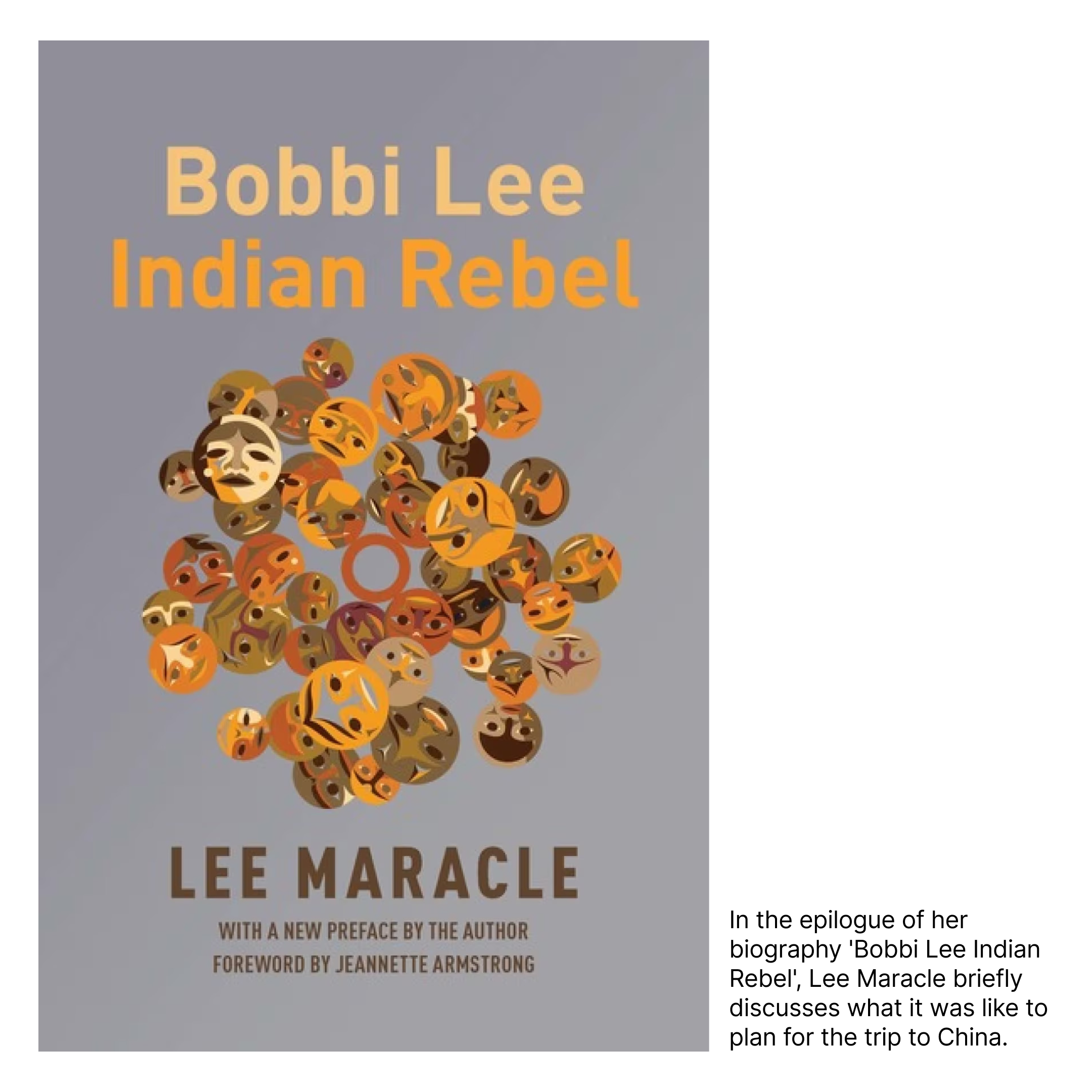
January 16, Canada: China embassy sends approval to NSG-led Native People’s Friendship Delegation
After roughly three years of preparatory discussions...
-
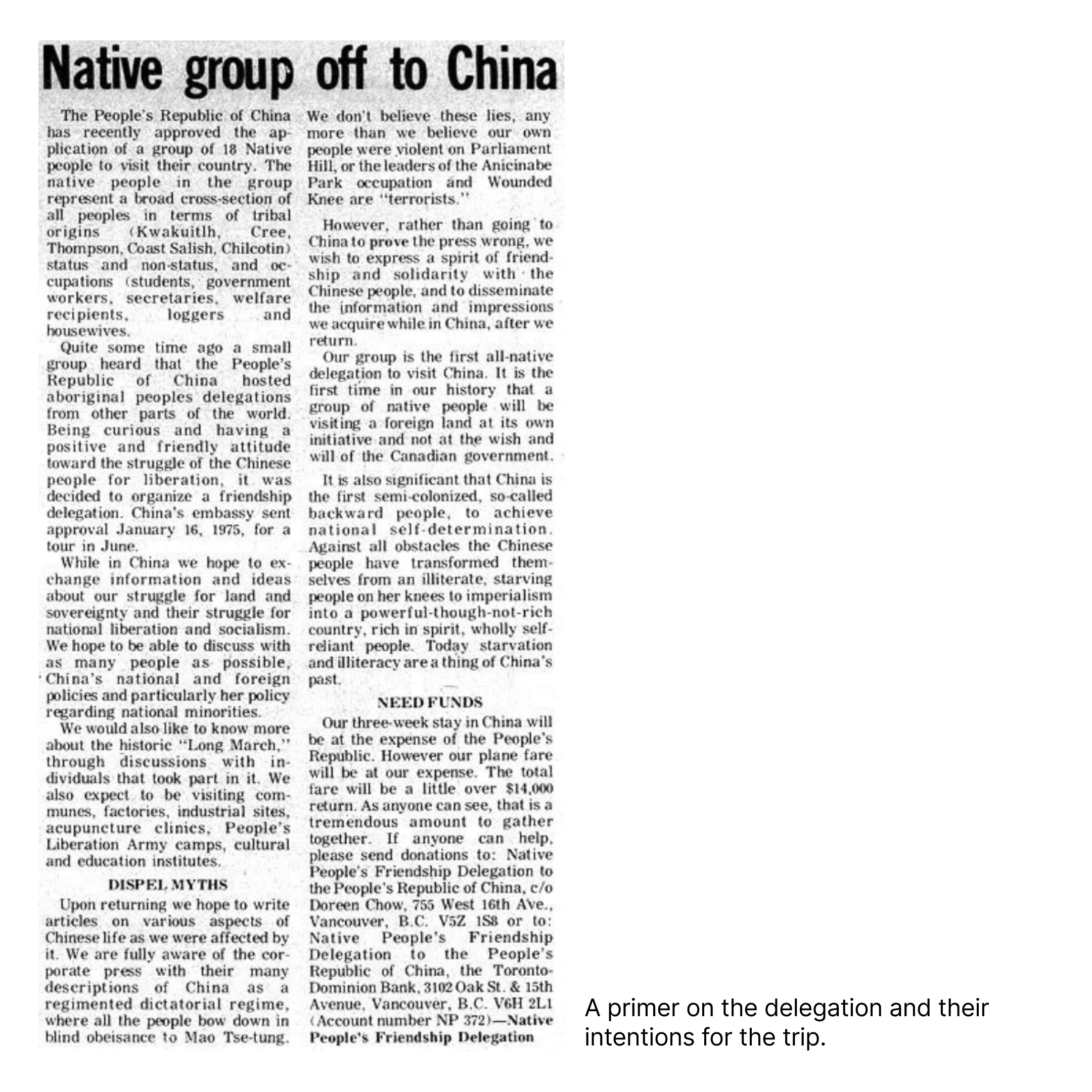
June 1, Canada: First all Indigenous-led trip to People’s Republic of China
After three years of strenuous planning and deliberation, the Native People's Friendship Delegation travels to China. The trip is an important opportunity for the delegates to...
-
June 16, Denmark: Second Preliminary Meeting for World Indigenous Conference (WCIP) in Copenhagen, Denmark
The Second Preliminary Meeting for the World Council of Indigenous Peoples (WCIP) was held in June 1975 in Copenhagen, Denmark. The meeting largely focused on…
-
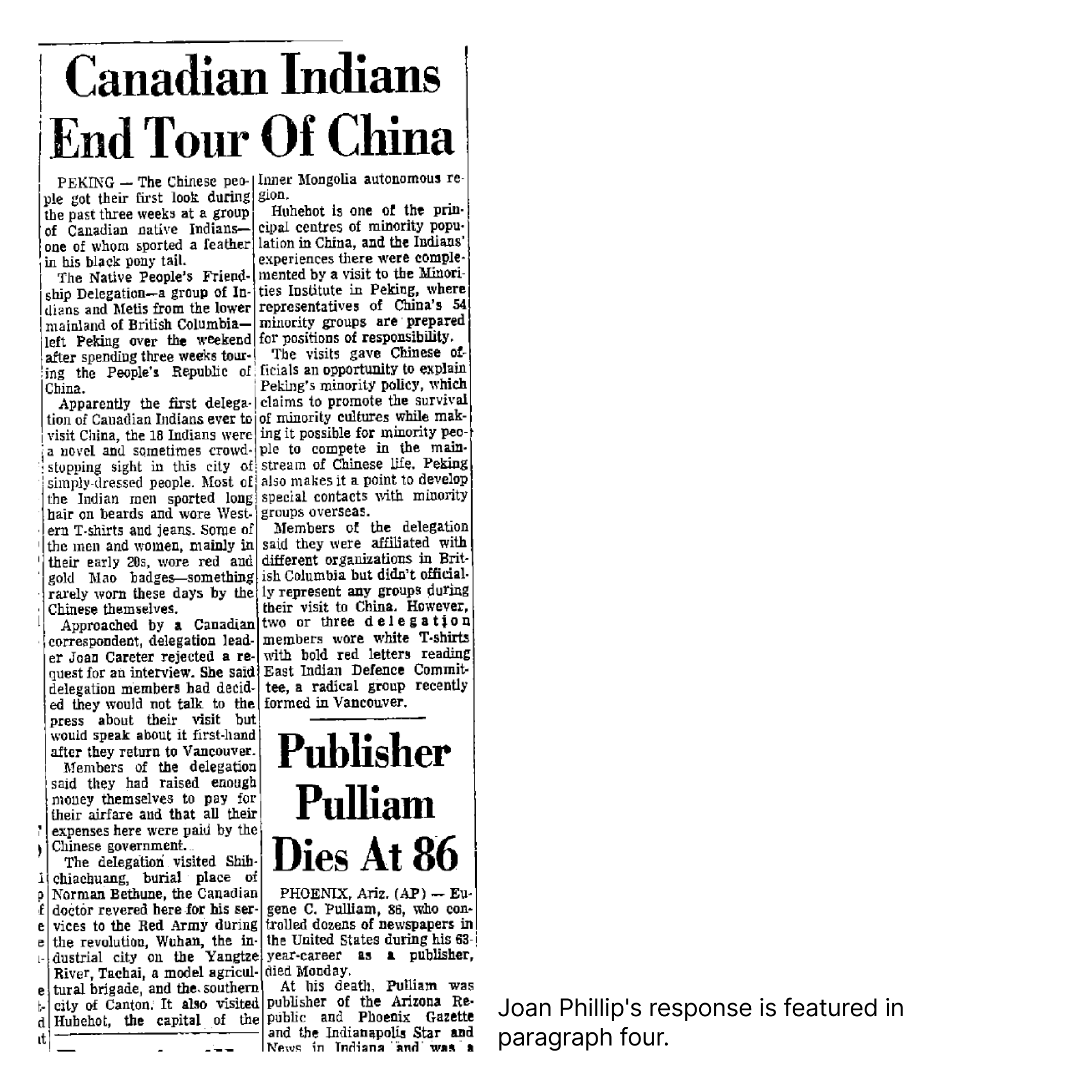
June 22, Canada: The Native People’s Friendship delegation returns to Canada
Following an eventful and exciting 3-week trip to China, the Native People's Friendship delegation returns home to Canada. However, as announced by Joan Phillip, all members...
-
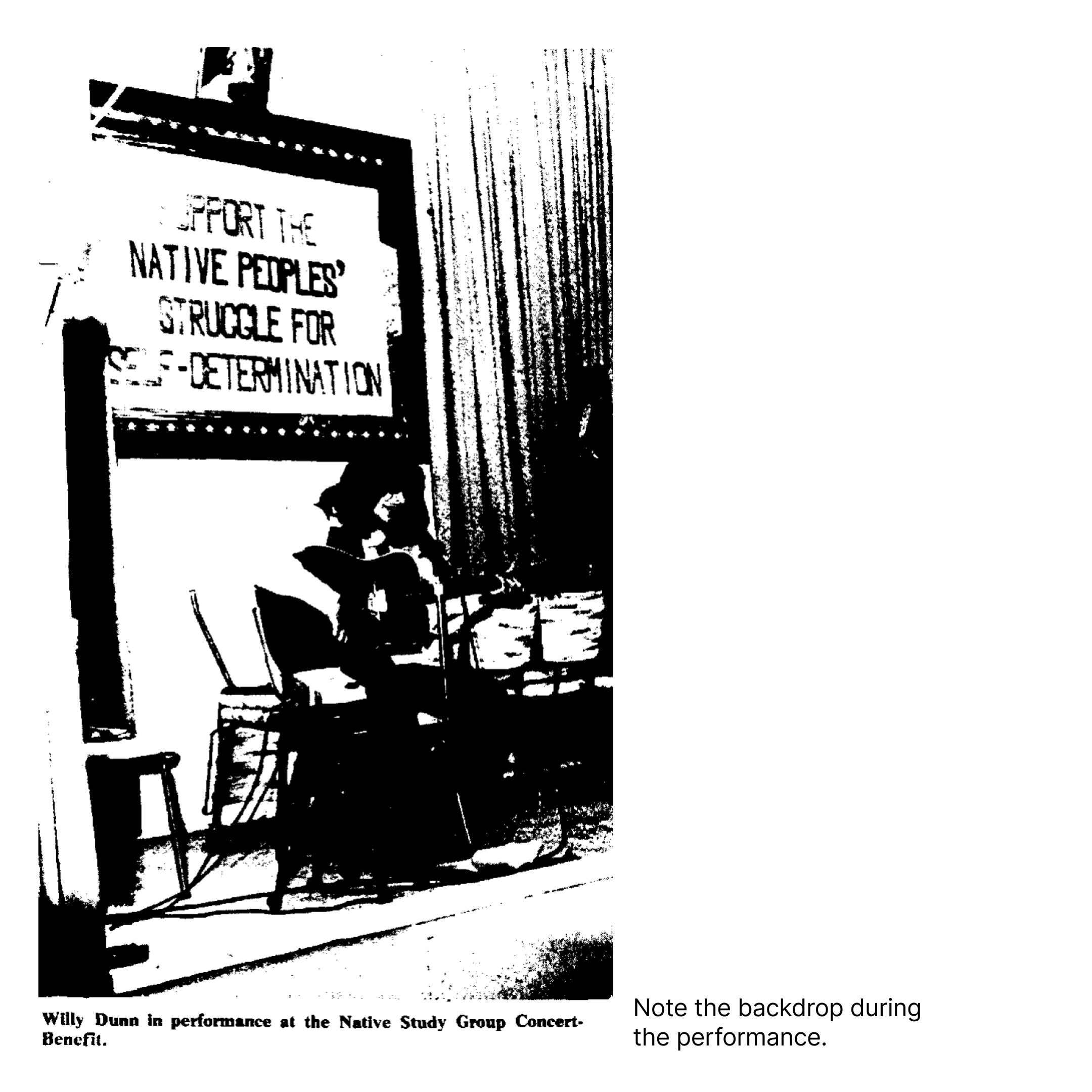
July 18, Canada: Native Study Group hosts benefit concert with Willy Dunn
The Native Study Group hosts a benefit concert with Willy Dunn (Miꞌkmaq/Métis) at Elks Hall on Granville St., Vancouver. The benefit concert, intended to raise funds to support...
-
Akan Ainu Culture Preservation Society (Akan Ainu Minzoku Bunka Hozonkai) performs modern Ainu epics at UNESCO in Paris.
The group was led by Ainu elder Yamamoto Tasuke and included…
-
February 17, Japan: Second Ainu Delegation to China
After the success of the first trip, the Ainu delegates quickly started…
-
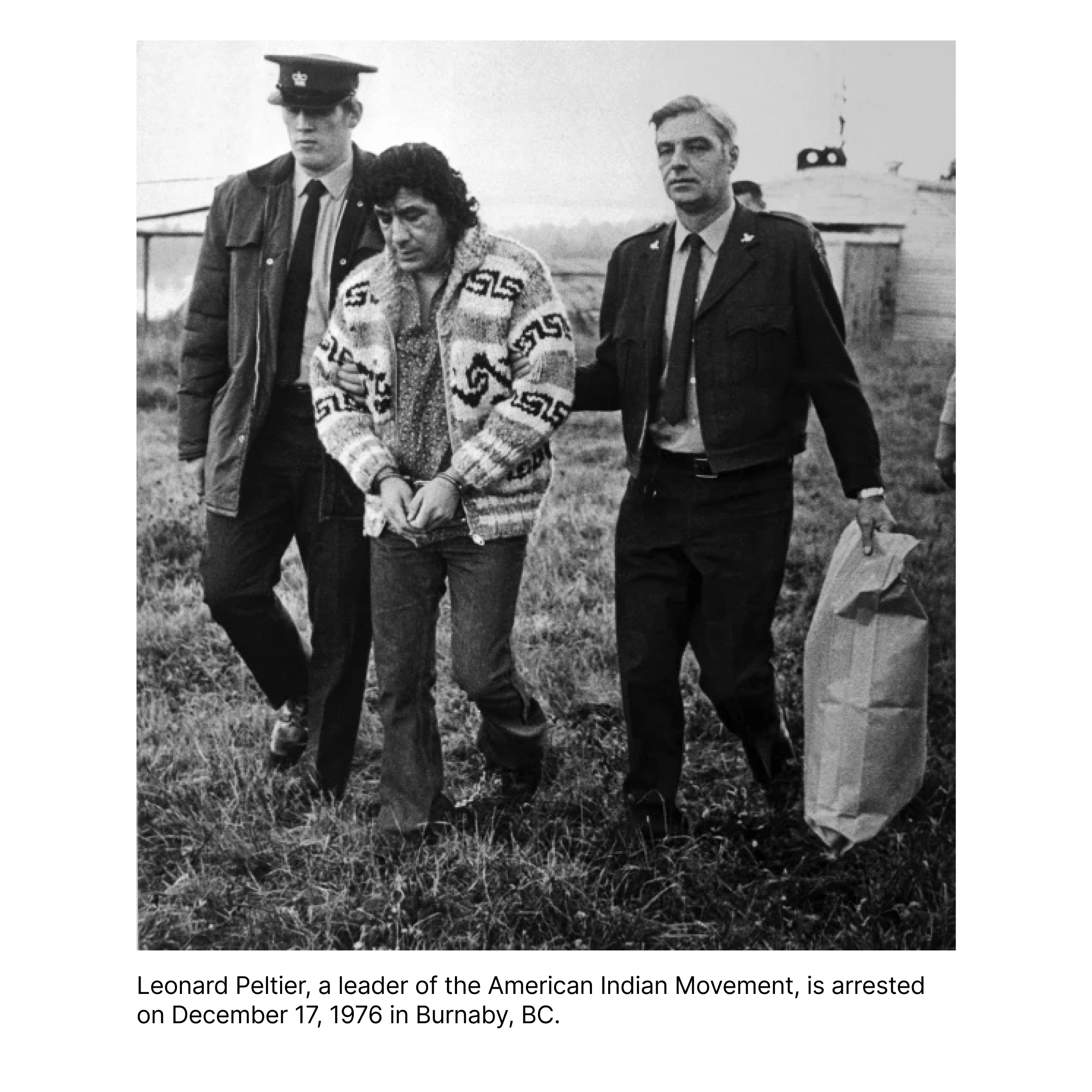
September 26, Canada: Native Study Group attends Peltier People Protest
The Native Study Group attends a protest at Oppenheimer Park in Vancouver. The protest is part of an international uproar against...
-
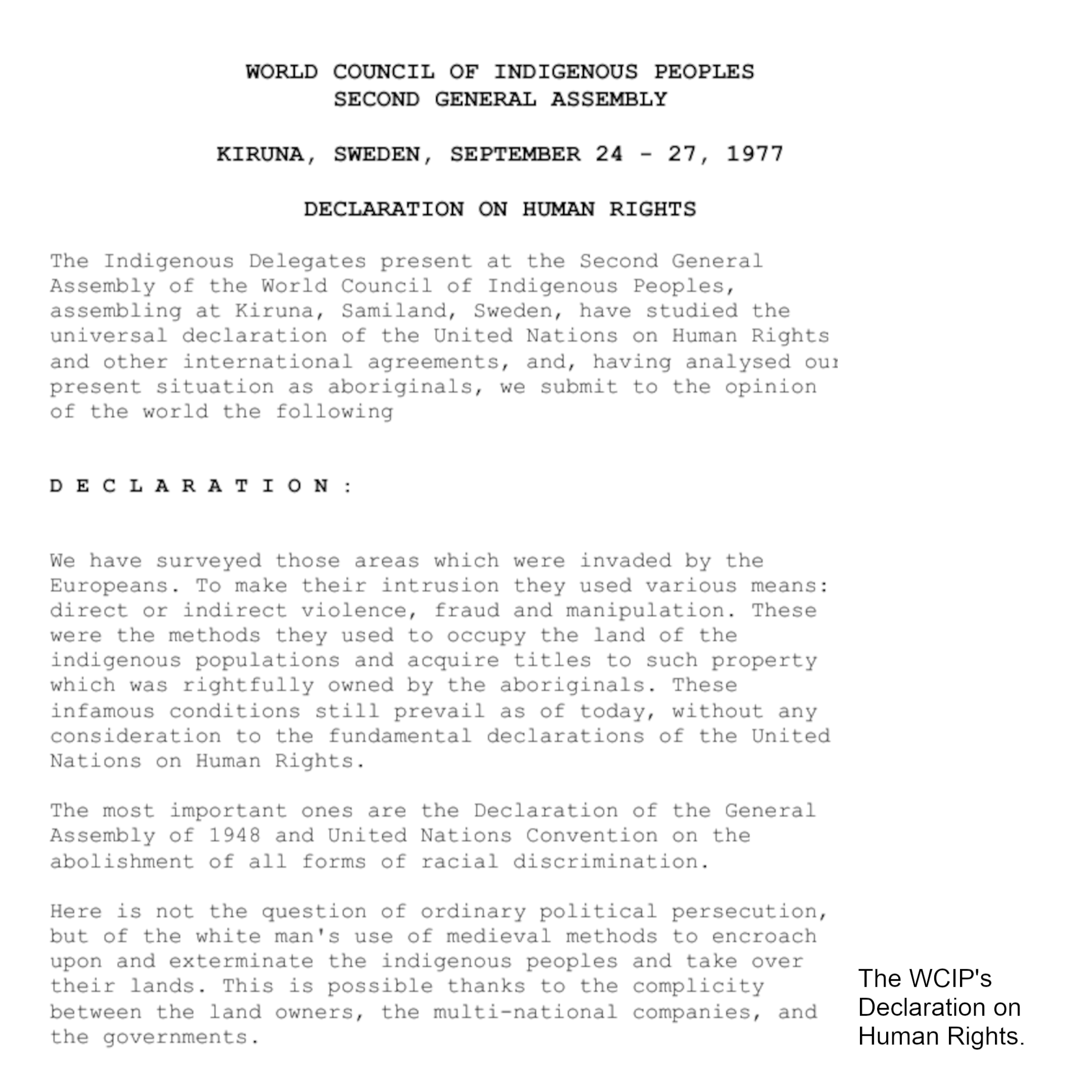
August 8, Sweden: World Council of Indigenous Peoples’ Second General Assembly in Kiruna, Sweden
The Second General Assembly was hosted on Indigenous Sámi territories in the city of Kiruna. At the meeting, members studied international agreements including the Universal Declaration of Human Rights through an Indigenous perspective. The meeting produced a four page document responding to these international agreements urging for…
-
July, Japan: First Ainu Delegation to Alaska and Canada
A group of 12 Ainu delegates visited Alaska’s North Slope region after being invited by Barrow Mayor Eben Hopson who was one of the most important Inuit leaders…
-
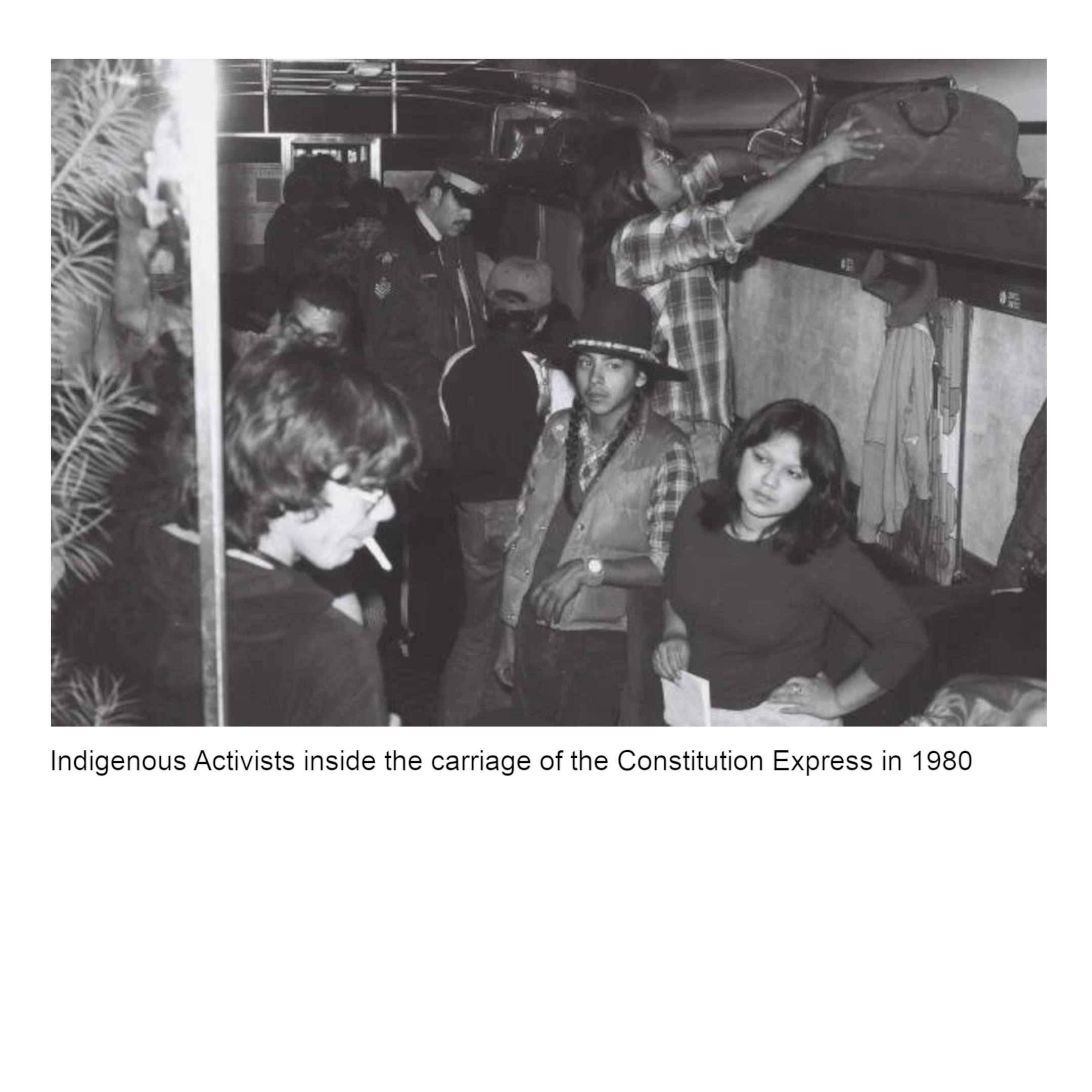
November, Canada: The Constitution Express
In 1980, the Canadian government made plans to create a new Constitution without including or consulting Indigenous peoples, who feared that their rights and treaties could be ignored or taken away. In protest, George Manuel and other Indigenous leaders organized the Constitution Express -- a cross-country train ride from Vancouver to Ottawa...
-
April 26, Japan: First Ainu Participation in the World Council of Indigenous Peoples’ (WCIP) Third General Assembly in Canberra, Australia
At the 1977 WCIP General Assembly, Indigenous Australian delegates began plans to start a…
-
November 24, Japan: Ainu memorial ceremony (icharupa) in Okinawa
The first memorial ceremony (icharupa) in Okinawa was held to honour...
-
Canada: Constitution Act recognizes the unique rights of First Nations, Métis and Inuit People in Canada
Section 35 of the Canadian Constitution, added in 1982, protects the rights of First Nations, Métis and Inuit People, including the ability to hunt, fish, and have treaties respected. These rights were not awarded by the Canadian government...
-
May 14, Japan: Law for the Promotion of the Ainu Culture Enacted
After many years of effort by Ainu groups, Japan’s government passed a new law to…
-
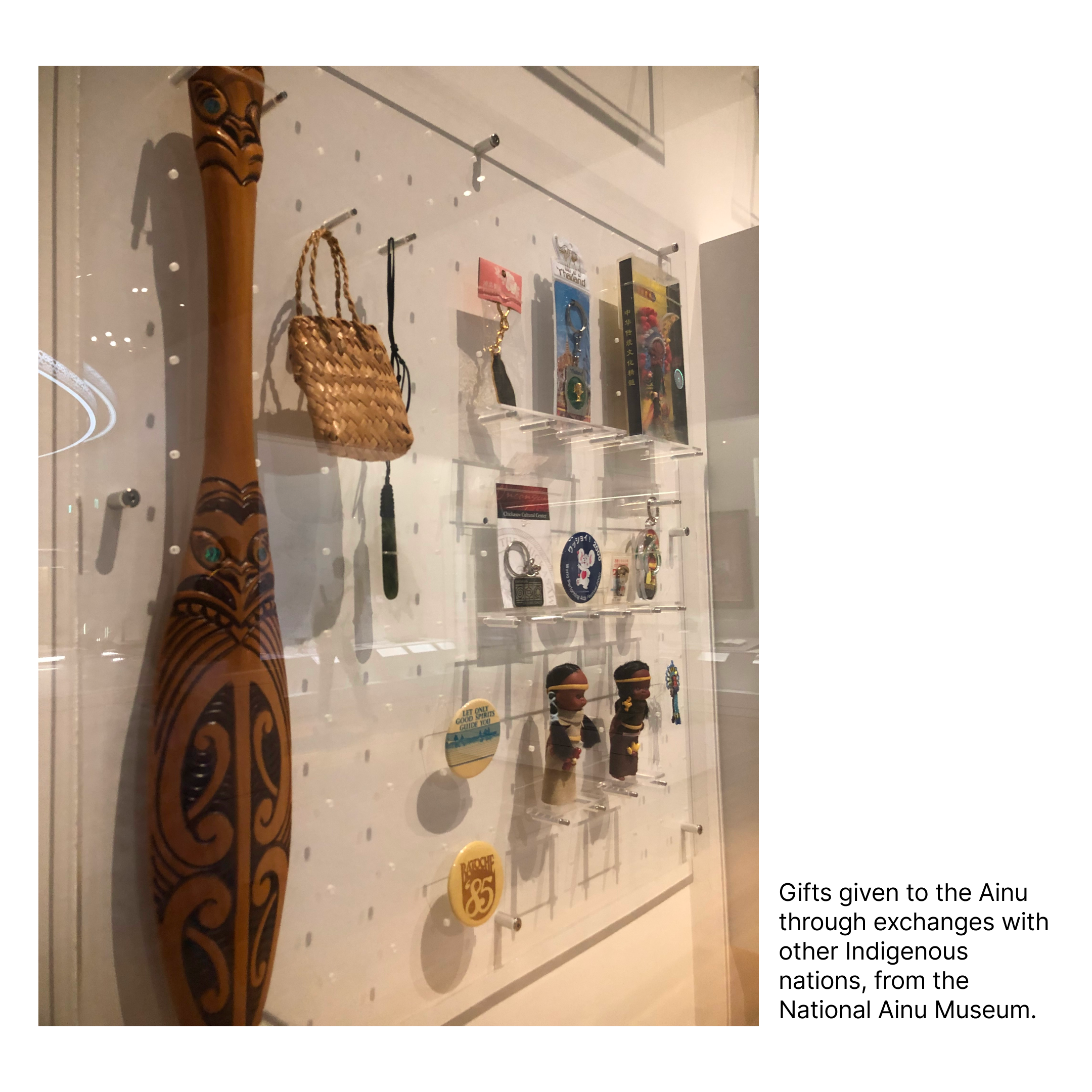
Reflections
The 1970s was a pivotal era of Indigenous trans-Pacific trips and diplomacy. In outlining some trans-Pacific relations, we hope to emphasize that European powers, like the League of Nations and the United Nations, have not often been at the center of Indigenous diplomacy. In fact, the history and practice of Indigenous diplomacy extends beyond...
